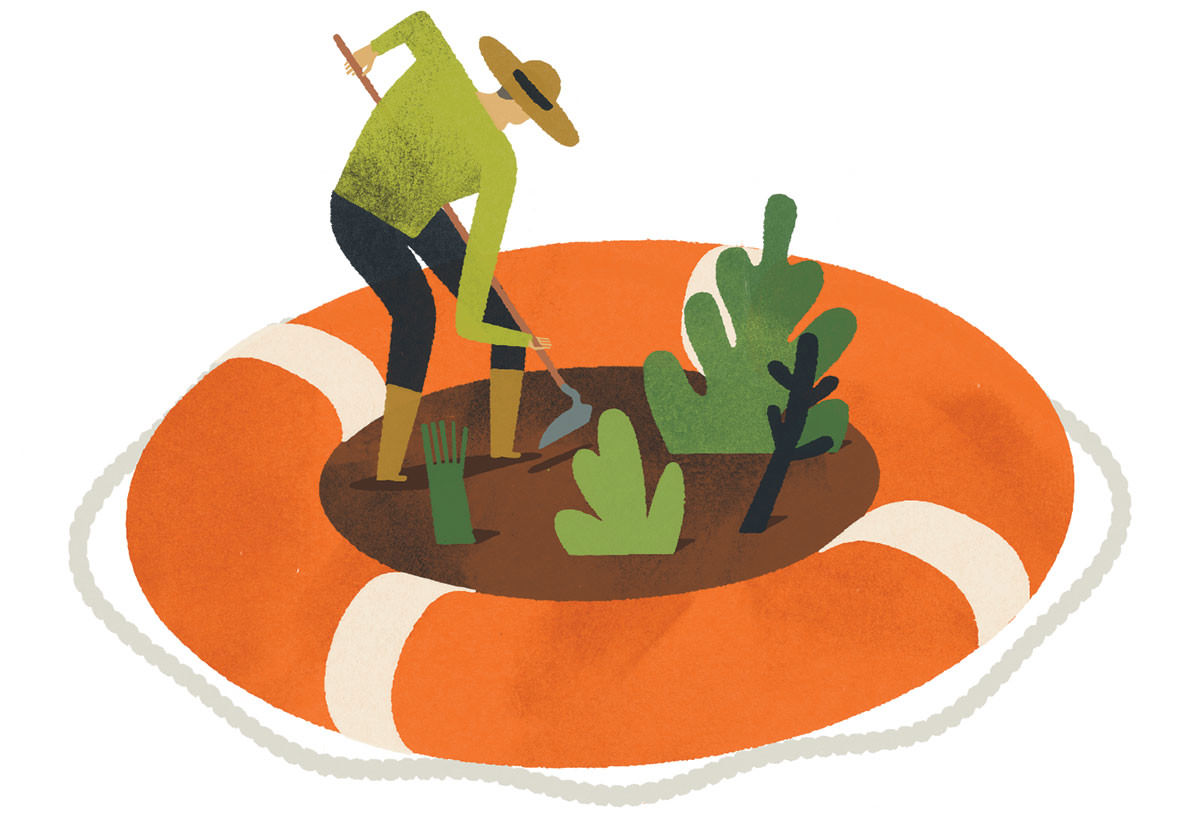The question is not whether you need coverage for your farm, but how much and which type.

“We did have some insurance,” says Johnson, who admits that his policy was inadequate and that he hadn’t gotten around to covering the newly constructed barn. “We received amazing community support after the fire,” he recalls, “but we ended up having to borrow a bunch of money.”
So, would Johnson advise insuring your farm to the hilt? “That depends on the level of risk you’re comfortable with,” he says. “Think about what you could recover from… and what you couldn’t.”
According to Phil Baker, a Pennsylvania insurance agent – and former vegetable and flower grower – who specializes in agricultural policies, many farmers assume their homeowners’ policy will cover their farms. “But farming is a business,” he says, “and homeowners’ policies do not generally cover commercial endeavors.”
For small family farms, the most affordable route usually involves replacing an existing homeowners’ policy with a farm-owners’ policy that insures the residence as well as agricultural outbuildings and equipment.
A good farm-owners’ policy will also include liability coverage that protects you should any nonemployee experience an injury related to your business, whether it occurs on your property – a visiting customer stumbles, a neighbor boy hurts himself on a tractor – or offsite, at a farmers market or festival. It will also cover you should someone become ill from consuming your products.
Rates vary widely, of course, but converting a homeowners’ policy to this kind of comprehensive farm-owners’ policy may double monthly premiums. (Farmers who don’t own property should at least opt for stand-alone liability coverage, which runs $200 to $500 annually.)
In addition, you can supplement a basic farm- owners’ policy on an Á la carte basis by adding any of the following:
[mf_h2 align=”left” transform=”uppercase”]Crop Insurance[/mf_h2]
The 2014 Farm Bill expanded the availability of this protection, once reserved for large-scale commodity farmers. Now small producers have the opportunity to insure up to 85 percent of their revenue against crop failure and drastic fluctuations in the marketplace. Premiums are based on revenues, with discounts for diversification.
[mf_h2 align=”left” transform=”uppercase”]Flood Insurance [/mf_h2]
This specialized add-on, which covers buildings and equipment, is not normally included in farm-owners’ policies, but it’s advised, and may even be legally required, in high-risk regions. Depending on your location, monthly premiums should run an extra $100. (Unlike flood insurance, tornado or wind insurance is often part of basic farm-owners’ coverage, but be sure to ask about it if you farm in a tornado-prone area.)
[mf_h2 align=”left” transform=”uppercase”]Workers’ Compensation Insurance [/mf_h2]
Liability insurance, whether part of a general farm-owners’ policy or purchased separately, will not cover the medical bills or wages of injured employees while out of work. Premiums are based on payroll size. (If you run a U-pick operation, discuss that with your agent, as the blurred line between “worker” and “customer” complicates matters.)
No matter what type of policy or policies you decide to purchase, Baker advises checking the “exclusions” (i.e., things not covered) to see how they might affect your farm. Most important, says Baker, is to be totally up-front with your agent about your farm activities before you buy a policy.
Thanks for the info!